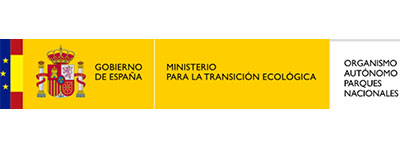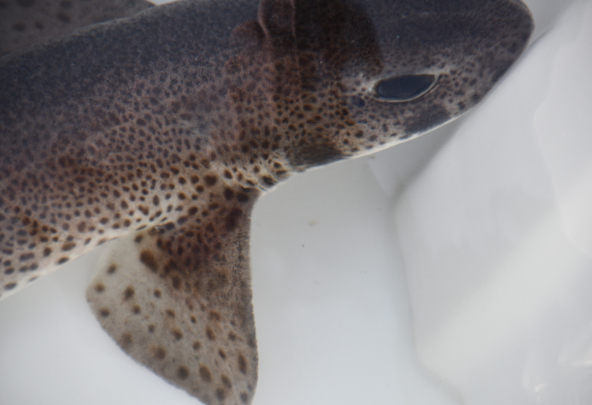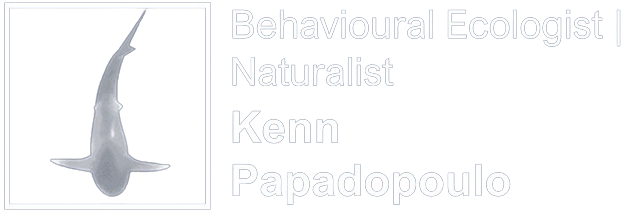Projects
Conectee

-- 2022-2025
Ecological connectivity and the role of the Galician Atlantic Islands National Park in the conservation of coastal elasmobranchs.
155 137 € – Proyectos de investigación científica en la Red de Parques Nacionales.
Partners of the Project: Department of Ecology and Marine Resources, IIM-CSIC (Spain) | National Park Illas Atlánticas de Galicia (Spain).
PI: Alexandre Alonso-Fernández (IIM-CSIC).

The Project
The European Biodiversity Strategy 2030 outlines ambitious targets aimed at safeguarding marine ecosystems. It sets forth the goal of protecting 30% of the marine surface and mandates a comprehensive review of existing protected areas, with the objective of ensuring strict protection for 10% of the European Union’s territory by 2030.
Integral to these conservation efforts are marine protected areas, which serve as crucial tools in the management and preservation of marine resources. Recognizing the pivotal role of ecological connectivity in the functionality of protected areas, the Strategic Plan for Natural Heritage and Biodiversity underscores the need for enhanced research in this domain. Understanding ecological connectivity is paramount for identifying key seascape features defining ecological corridors, assessing vulnerability to fishing pressures, and pinpointing potential climate refugia. Indeed, ecological connectivity stands as a cornerstone attribute in the design and establishment of marine protected area networks, carrying profound implications for population dynamics, ecosystem functioning, and resilience to climate change.

Within the framework of marine biodiversity conservation strategies, certain taxonomic groups face heightened vulnerability due to their unique life histories and ecological roles. This vulnerability is exemplified by elasmobranchs (sharks and rays), with over a third of their species considered threatened, primarily due to overfishing, habitat degradation, and climate change. Despite concerted conservation efforts, these species remain targets of commercial interest and are frequently caught by national fishing fleets. The overarching objective of CONECTEE is to assess and reinforce the conservation efforts directed towards the diverse coastal elasmobranch populations along the Spanish Atlantic coast, leveraging scientific evidence. Central to this endeavor is the acquisition of comprehensive knowledge concerning the ecological connectivity of coastal elasmobranchs, essential for crafting proposals for the establishment of new protected areas or the enhancement and adaptation of existing ones to address future challenges, including those posed by climate change (priority research line 5). At the species level, ecological connectivity encompasses two distinct components: population and genetic connectivity.
To address these facets, the project will employ innovative methodologies such as underwater acoustic telemetry for population connectivity assessment and genomic techniques for genetic connectivity analysis, representing significant advancements in ecosystem understanding and monitoring within National Parks’ open waters (priority research line 7).

Figure. Position of the study area within the Iberian Peninsula (a). Map of the area covered by the National Park Maritime-Terrestrial of the Atlantic Islands of Galicia (PNMTIAG) shaded in blue (b).
To address these facets, the project will employ innovative methodologies such as underwater acoustic telemetry for population connectivity assessment and genomic techniques for genetic connectivity analysis, representing significant advancements in ecosystem understanding and monitoring within National Parks’ open waters (priority research line 7).

Figure. Small spotted catshark (Scyliorhinus canicula)




